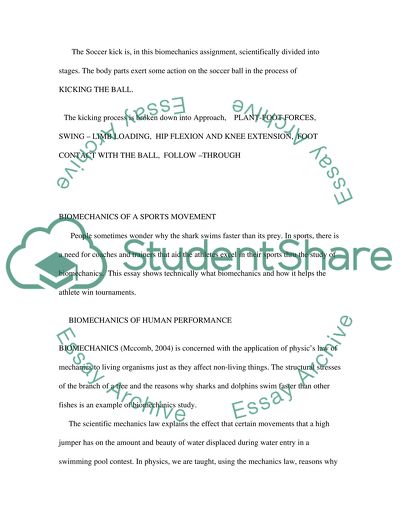Cite this document
(“Biomechanics of a Sporting Movement Essay Example | Topics and Well Written Essays - 2250 words”, n.d.)
Retrieved from https://studentshare.org/science/1531129-biomechanics-of-a-sporting-movement
Retrieved from https://studentshare.org/science/1531129-biomechanics-of-a-sporting-movement
(Biomechanics of a Sporting Movement Essay Example | Topics and Well Written Essays - 2250 Words)
https://studentshare.org/science/1531129-biomechanics-of-a-sporting-movement.
https://studentshare.org/science/1531129-biomechanics-of-a-sporting-movement.
“Biomechanics of a Sporting Movement Essay Example | Topics and Well Written Essays - 2250 Words”, n.d. https://studentshare.org/science/1531129-biomechanics-of-a-sporting-movement.


